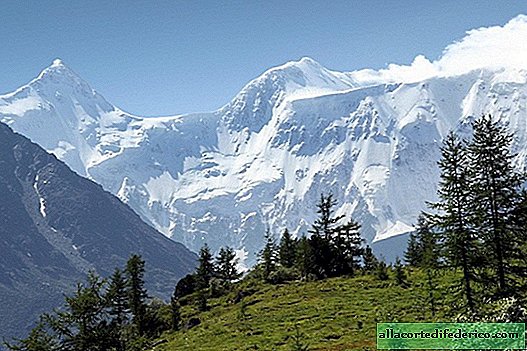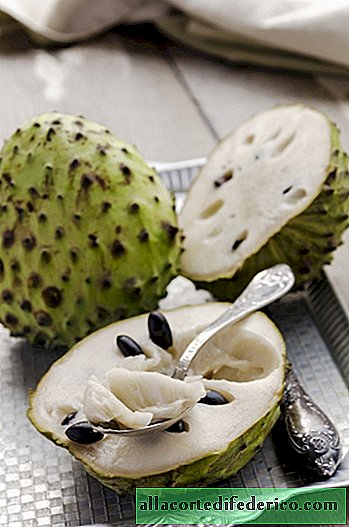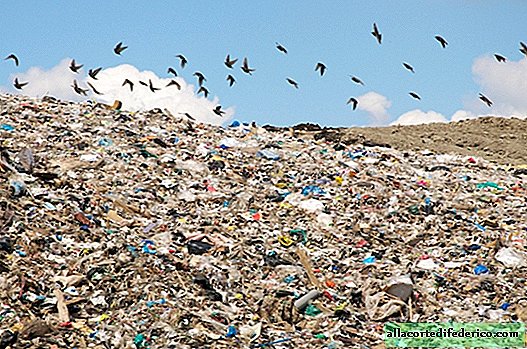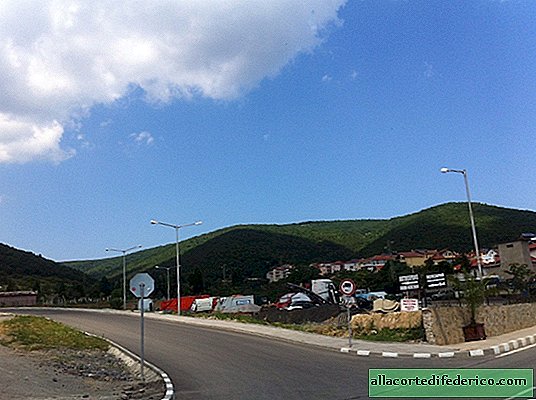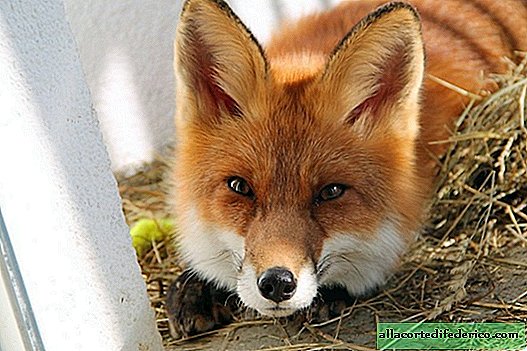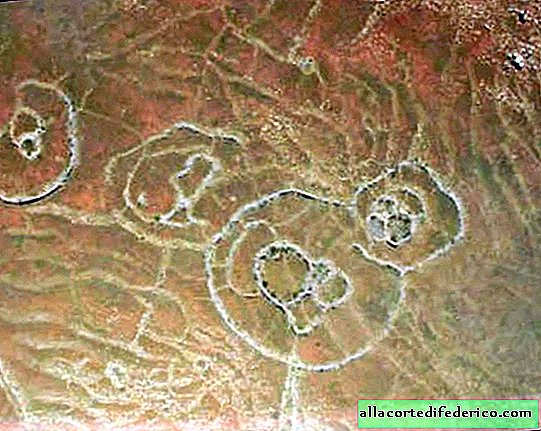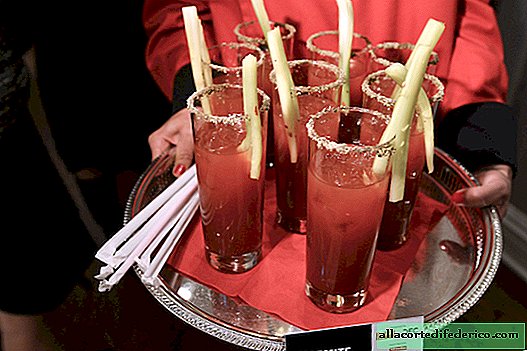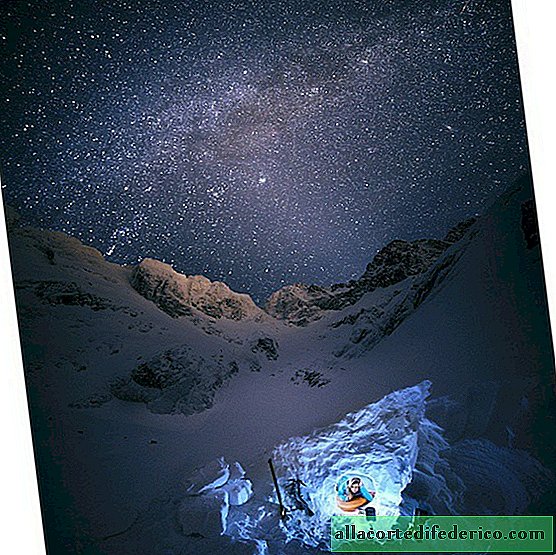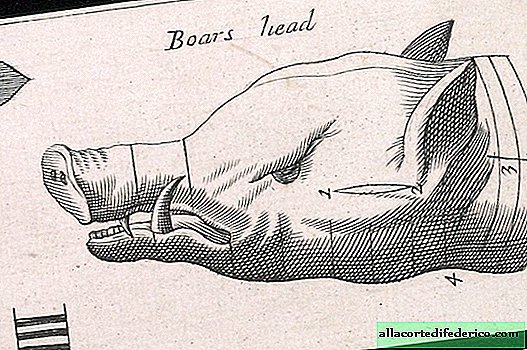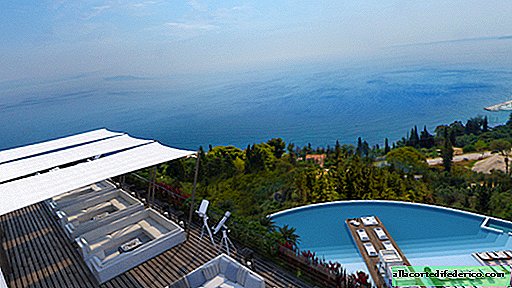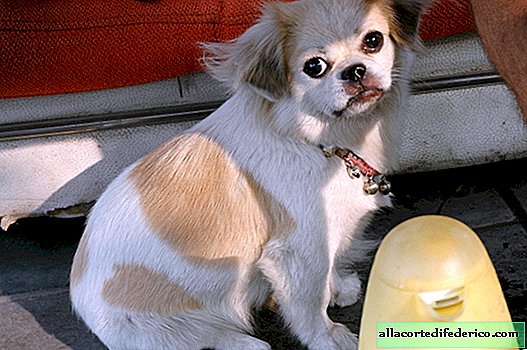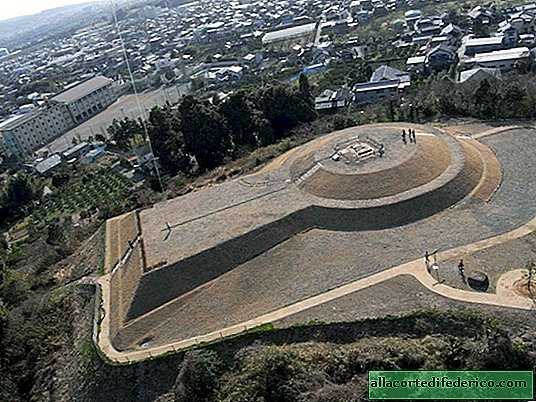29 facts about Guiana
1. Guiana and Suriname - this is not in Africa (in Africa - Guinea and Cameroon, it is easy to confuse). Guiana is the name of a vast area on the northeast coast of South (non-Latin!) America.
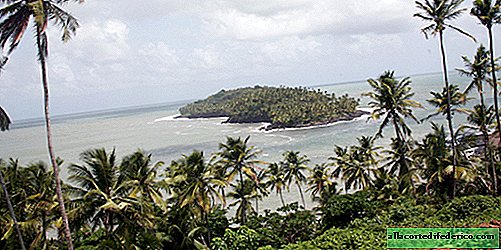
In the photo: Ile du Salou - islands north of the coast of Guiana.
2. In the colonial era, Guiana was divided into three parts by the metropolises: British Guiana (now Guyana), Dutch Guiana (Suriname) and French Guiana. You can also highlight the "Spanish Guiana" - the eastern regions of Venezuela, where the city of Ciudad Guayana and the Orinoco River, as well as the "Portuguese Guiana" in northern Brazil.

In the photo: Monument to Felix Eboue - the first black colonial administrator - in the central square of Cayenne. He ruled for the most part in French Africa, but originally from these places.
3. Formally, French Guiana is the overseas department of France.
At the same time, the Schengen visa does not work there, citizens of the Russian Federation need to obtain a separate "Guiana" visa at the French consulate. For residents of EU countries, entry is visa-free.

In the photo: Cayenne Airport.
4. The official name of the country is “Guiana” without “French”. Locals say, "We have in France ...". (For example: "In Suriname, everything is much cheaper than ours in France.").

In the photo: border post in Saint-Laurent-du-Maroni (border with Suriname).
5. To obtain a visa and entry it is necessary to present a certificate of vaccination against yellow fever.
However, upon arrival in Cayenne, no one checks the flight from Paris, no one asks for certificates (and even passports). You can fly to Cayenne from Paris with a daily (it seems) Air France flight. Flight - about 8 hours. The inconvenient thing is that the flight is carried out from Orly, and not from the FGD.
6. In the country, the currency is the euro, license plates for French cars, the police and the entire administration, too. But all people are black.
OK, not all ... most.

In the photo: the local majority.
7. In French Guiana, there is nothing interesting except the virgin-wild jungle and the Kourou Cosmodrome.

8. There is no sea in French Guiana either. That is, there is a sea ... But beaches, sunbathing loafers and bronze bodies in the waves of the tropical Atlantic - this is not even mentioned.
9. Apparently the whole point is that the water along the entire coast is dull brown from the predominant bauxite-clay soil. Plus the rivers still carry clay and silt.

In the photo: a bridge over a river somewhere in the center of the country. The color of water is clearly visible. She is so everywhere.
10. As the local captain told me, "the nearest blue water and beaches are to Trinidad and Tobago." I confirm - on Trini, the water is clear and blue!
11. But in Guiana, the temperature is always from 25 to 30 ... True, and humidity - 100%. A shirt soaked in the rain dried for 2 days ... and did not dry! Yes. Now there is the rainy season. But the "rainy season" - this does not mean that it rains constantly! More often than not, tropical rain will swept through and again, the sun.
On some days, showers suddenly begin to part, well, every half an hour it is watered for 5 minutes. But sometimes it lays on for a long time ... for half a day.

In the photo: this is how Cayenne looks at night, from the hotel balcony. This is the very center of the city !!
12. Guiana is the most expensive country on the continent. Prices for everything in France, and even more expensive. Moreover, the quality of (services at least) is much lower.
13. Booking.com does not find any hotels in Guiana. Expedia finds 2 in the capital (Cayenne) and three (it seems) in Kourou. In fact, there are a few more hotels in the country.

In the photo: the central street of Cayenne from the same balcony, but in the afternoon.
14. As they say on American sites, if you do not know French, you have nothing to do in Guiana. It’s true: almost no one speaks English. The coast of the country speaks strictly French. English speakers are extremely rare. The farther south and west, the more people switch to Taki. You can meet people who speak Spanish and Portuguese (Venezuela and Brazil nearby).
According to official information, Taki is such a Negro-English. That is, a dialect of black slaves based on English mixed with Dutch. I could not hear either English or Dutch in Taki. By ear - like Swahili.
15. Once a year, the main event takes place in Guiana - the carnival. I was lucky to get on it (I even already posted a few photos as a seed). But a detailed story and photo report will be later.

In the photo: Carnival on the street of Cayenne.
16. The population, in principle, is friendly and safe. But to leave a car in the city unattended is categorically not advised.

In the photo: "ferryman" crossing border violators in Suriname. In the background, vehicles that were parked in front of the local police station are clearly visible. It’s not safe to leave them elsewhere.
17. The roads in Guiana are excellent. Almost everywhere. You understand this especially well when you enter Suriname.

In the photo: Pay attention to the color of the curb! The land here is almost everywhere. Thierre Rouge - pure bauxite, I think so.
18. On the roads there are policemen with radars. But especially rampant customs (drugs from Colombia are looking for, probably). I drove less than 1000 km, but they stopped me 2 times and checked my luggage.
The second time, I just rode a taxi to the airport, the taxi stopped on the road 3 km to the airport, the customs officers thoroughly threw up the neatly packed bags and even asked to pee in a glass for cocaine test.
In general, the police are serious ... European in practice.

19. But the lifestyle is not European at all. From 12 to 4 days - siesta, nothing works. When it "works," it is also slow and stupid.
To expect from the Guyanese agility, quickness and desire to do something is utopia.
20. Tourism is not developed. Few restaurants, hotels and ettrekshnov.
Travel agencies offer an excursion to the cosmodrome, a trip to the islands of Ильle-du-Salute (there was a prison there before), boating along the canals ... Well, a couple more reserves. All!

In the photo: Tourists visiting a tree with nests of weavers from a boat in the canals of the Kaw-Roura reserve.
21. Only daring extreme sportsmen go to the jungle. Sleeping there usually has to be outdoors in hammocks.

In the photo: hammocks at the camp site in the reserve.
22. I slept so one night, it was uncomfortable. The next morning, the laughing master said that in the hammock you should sleep not diagonally, but diagonally - almost across the hammock, arms and legs outstretched. Hmm ... probably.

23. If anyone should go to Guiana, it’s entomologists, ornithologists, zoologists and other nerds. Here animals here - more than enough!

In the photo: the home collection of my familiar entomologist Chibu - I will tell about him and his butterfly collection separately and in detail.
24. If the Guyanese learns that you are from Russia, he immediately begins to nod his head knowingly and say the word “union”: the Russians have been building a launch pad for the “Unions” in Kura for many years, but they will not start anything - the first launch was first scheduled for 2007 (it seems), then for 2009, then for April 2011, now for July.

In the photo: Kourou Cosmodrome from the sea. Some white garbage is visible on the launch pad. Most likely, this is an Arian rocket, which was supposed to launch the next day ... but did not launch.
25. From Guiana you can easily get to Brazil or Suriname. Brazil does not need a visa. In Suriname, they will make it for you in Cayenne in 3 days.

Photo: Consulate of Suriname in Guiana. Everything is very simple and at home.
26. Why do I need a Surinamese visa, I did not understand. Any resident with a boat will transport you in 10 minutes and 4 euros (or 15 SRD) to the other side of the Maroni River (which serves as the border with Suriname) and drop you off at any place. The police look at it indifferently.

In the photo: a typical crossing of the Guiano-Surinamese border.
27. The capital of Guiana - Cayenne - a real village. There is absolutely nothing to do there. Even in gift shops there is nothing to buy except butterflies in frames and fridge magnets.

In the photo: Cayenne from the hill on which Fort Seperu is located.


